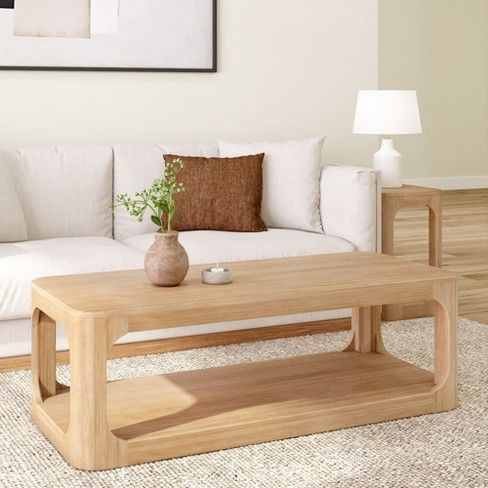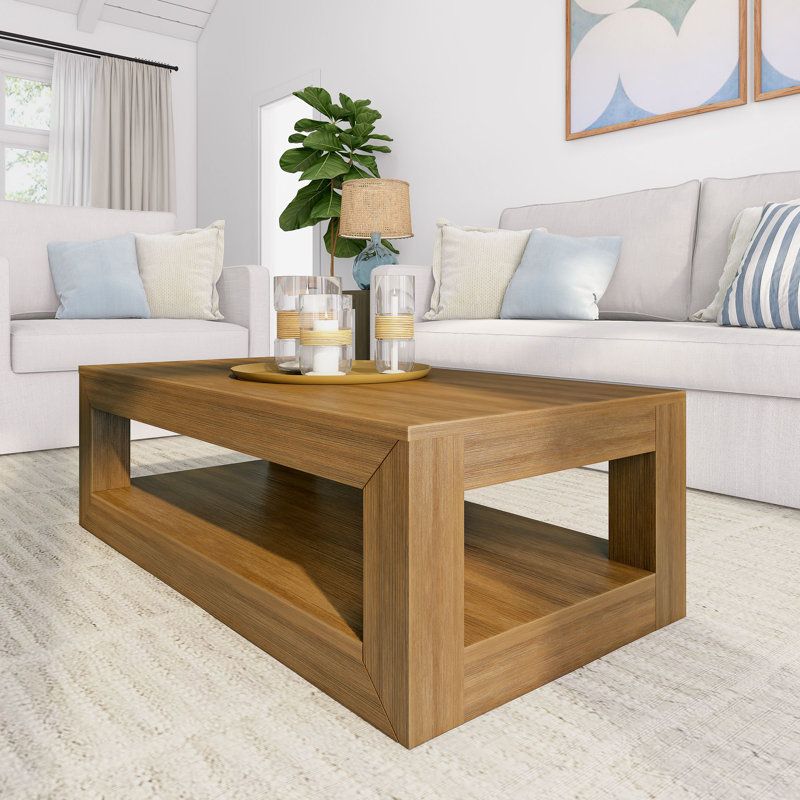Bamboo furniture has become increasingly popular for its sustainability, durability, and natural beauty. Understanding how to match colors and textures of bamboo furniture with your home’s interior can enhance the aesthetic appeal of your living space. Here are some tips and insights on making the most out of bamboo furniture in your home design.
Understanding Bamboo Colors and Textures
Bamboo furniture comes in various colors and textures, from light honey tones to darker caramel hues. The natural variation in bamboo’s grain and texture adds a unique charm to each piece. When selecting bamboo furniture, consider the following aspects:
- Natural Tones: Bamboo’s natural tones range from pale yellows to rich browns. Light-colored bamboo can make a room feel more spacious and airy, while darker bamboo adds warmth and coziness.
- Texture: The texture of bamboo furniture can vary from smooth and polished to more rugged and natural. Smooth bamboo surfaces are ideal for modern, minimalist interiors, while textured pieces add a rustic touch.
Matching Bamboo Furniture with Interior Colors
When incorporating bamboo furniture into your home, it’s essential to consider the existing color scheme. Here are some tips for matching bamboo furniture with different interior colors:
- Neutral Palettes: Bamboo furniture pairs well with neutral color schemes, such as whites, beiges, and grays. This combination creates a serene and harmonious look, allowing the natural beauty of the bamboo to stand out.
- Bold Colors: For a more vibrant and eclectic look, pair bamboo furniture with bold colors like deep blues, rich greens, or warm reds. This contrast can make a striking statement and add personality to your space.
- Complementary Hues: Consider the undertones of your bamboo furniture. If your bamboo has warm undertones, complement it with warm wall colors and accessories. Similarly, cool-toned bamboo pieces work well with cooler color palettes.
Designing with Bamboo Furniture
In addition to color matching, the placement and styling of bamboo furniture play a significant role in your home’s overall design. Here are some design tips:
- Mix and Match: Don’t be afraid to mix bamboo furniture with other materials. Combining bamboo with metal, glass, or upholstered pieces can create an interesting and balanced look.
- Focus on Function: Bamboo furniture is versatile and can be used in various rooms, from living areas to bedrooms and outdoor spaces. Consider the functionality of each piece and how it fits into your daily life.
- Accent Pieces: Use bamboo furniture as accent pieces to add texture and interest to a room. A bamboo coffee table, shelving unit, or even bamboo light fixtures can be focal points that enhance your design.
Maintenance and Care
To keep your bamboo furniture looking its best, regular maintenance is essential. Here are some tips for caring for your bamboo pieces:
- Cleaning: Wipe down bamboo furniture with a soft, damp cloth to remove dust and dirt. Avoid using harsh chemicals that can damage the natural finish.
- Humidity Control: Bamboo is sensitive to humidity changes. Keep your bamboo furniture away from direct sunlight and moisture to prevent warping and cracking.
- Protective Finish: Applying a protective finish, such as a natural oil or wax, can help preserve the color and texture of your bamboo furniture.
Bamboo furniture offers a unique blend of beauty, sustainability, and versatility. By understanding the colors and textures of bamboo and how to match them with your interior design, you can create a harmonious and stylish living space. Remember to consider your home’s existing color palette, mix materials for added interest, and maintain your bamboo pieces for long-lasting beauty.
Post time: Jul-31-2024







